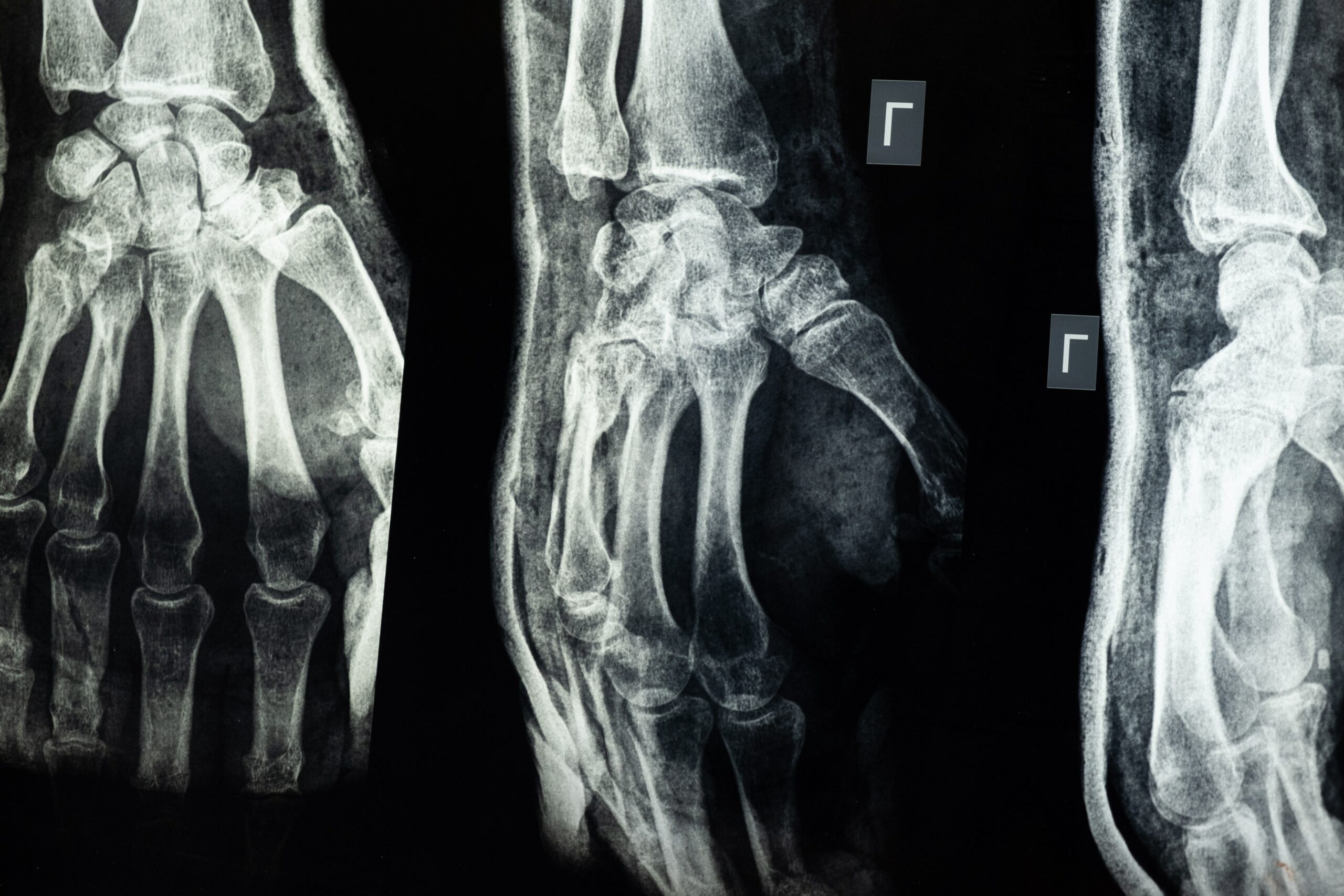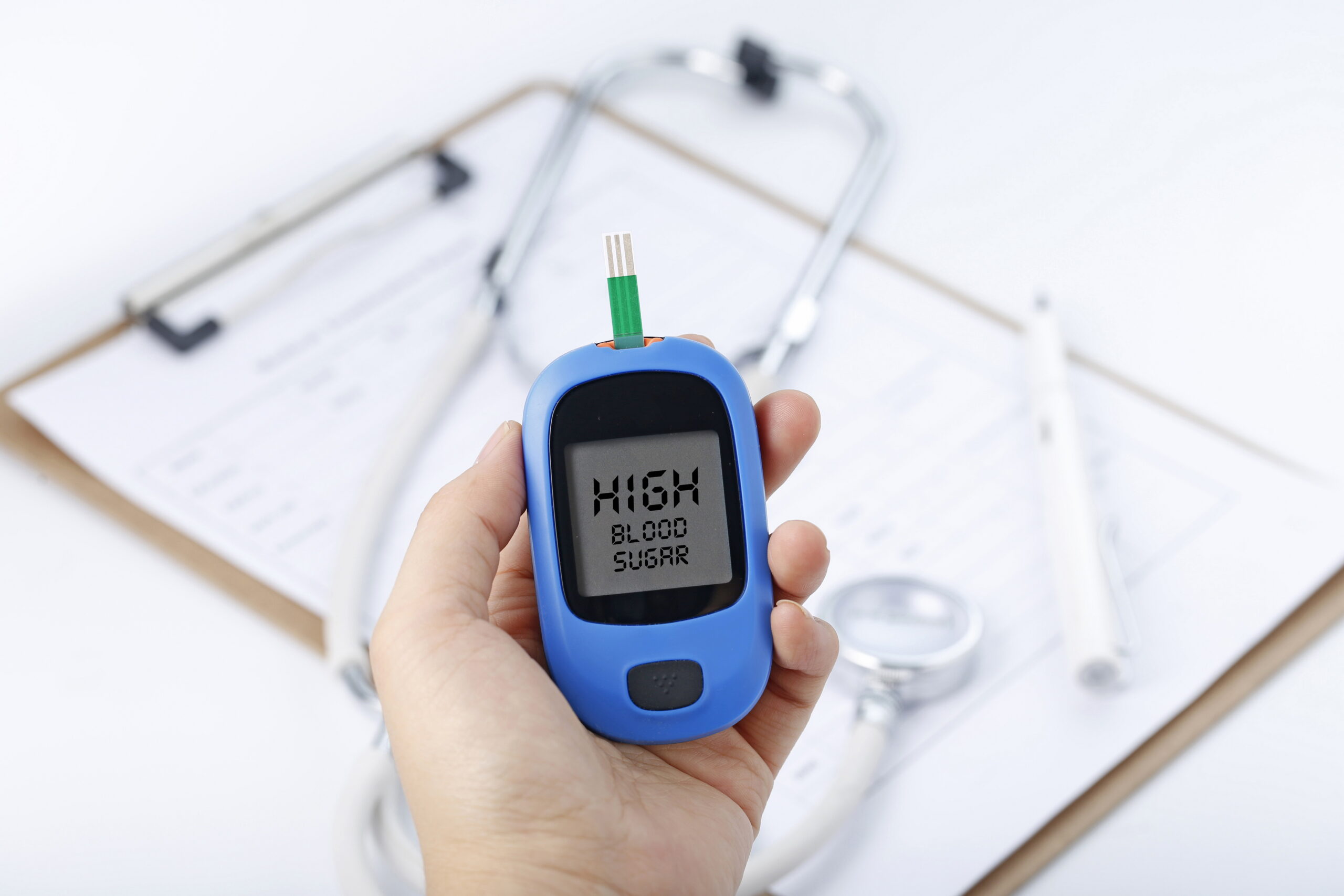Crush Injury: Accidents involving crushing forces can occur in various settings, from construction sites and factories to everyday situations like car accidents or even sports activities. Understanding the potential dangers of crush injuries, symptoms, causes, and knowing how to provide immediate first aid can make a significant difference in saving lives and preventing further harm.
What Is A Crush Injury?

Crush injuries can occur in a wide range of situations, including accidents, industrial incidents, natural disasters, or even during recreational activities.
The severity of a crush injury can vary depending on several factors, such as the magnitude and duration of the force, the area of the body affected, and the promptness of medical intervention.
The impact of a crush injury can extend beyond the immediate physical damage, as it may also result in complications such as tissue death (necrosis), internal bleeding, nerve damage, or even systemic effects like kidney failure.
Common Causes Of Crush Injury
Crush injuries can occur in various situations and environments. Here are some common causes of crush injuries:
Industrial Accidents
Crush injuries are frequently seen in industrial settings, such as construction sites, manufacturing plants, or warehouses. Workers may experience crush injuries from heavy machinery, equipment malfunctions, falling objects, or being caught in between moving parts.
Motor Vehicle Accidents
Collisions involving cars, motorcycles, or other vehicles can result in crush injuries. The force exerted during an accident can cause body parts to be compressed or trapped between the vehicle and other objects.
Structural Collapses
Building collapses, whether due to natural disasters like earthquakes or man-made accidents, can lead to crush injuries. People may become trapped under debris or rubble, causing severe compression and damage to their bodies.
Machinery Accidents
Operating machinery, such as hydraulic presses, industrial crushers, or agricultural equipment, carries a risk of crush injuries. Mishandling, mechanical failures, or lack of safety precautions can contribute to accidents resulting in crushing forces.
Heavy Objects
Individuals can sustain crush injuries when heavy objects, such as furniture, appliances, or equipment, fall or topple onto them. This can occur at home, in public spaces, or during the transportation of goods.
Sporting Accidents
Some sports activities involve a high risk of crush injuries. For example, contact sports like football, rugby, or martial arts may result in body parts being crushed or compressed during tackles or collisions.
Natural Disasters
Earthquakes, landslides, or other natural calamities can cause structural collapses, trapping people under debris and leading to crush injuries.
Agricultural Incidents
Farming and agricultural work can expose individuals to crush injuries, especially when handling large animals, heavy machinery, or dealing with unpredictable situations involving livestock.
Occupational Hazards
Some work occupations inherently carry a higher risk of crush injuries, such as mining, demolition work, or logging. Workers in these industries must be vigilant and follow safety protocols to minimize the risk of accidents.
Signs And Symptoms Of Crush Injury
Recognising the signs and symptoms of a crush injury is essential for prompt identification and appropriate medical intervention. Here are the common signs and symptoms associated with crush injuries:
Pain and Tenderness: Crush injuries often cause severe pain in the affected area. The pain may be localized or radiate to nearby regions. Tenderness upon touch or pressure is also common.
Swelling and Bruising: Swelling (edema) is a typical response to a crush injury. The affected area may appear swollen, puffy, or larger than usual. Bruising (ecchymosis) may also develop due to damaged blood vessels, resulting in discoloration of the skin.
Deformity or Disfigurement: Severe crush injuries can lead to visible deformity or disfigurement of the affected body part. Bones may fracture or dislocate, causing a noticeable change in shape or alignment.
Numbness or Loss of Sensation: The compression of nerves during a crush injury can result in numbness, tingling, or loss of sensation in the affected area. This may indicate nerve damage and should be taken seriously.
Restricted Movement: A crush injury can limit the range of motion and flexibility of the affected body part. It may be challenging or impossible to move the injured area or perform normal activities.
Impaired Circulation: In severe cases, a crush injury can disrupt blood flow to the affected area. Signs of impaired circulation may include pale or bluish skin, coolness to the touch, or a weakened or absent pulse.
Open Wounds or Bleeding: In some instances, a crush injury may result in open wounds or severe bleeding, especially if the injury involves sharp objects or lacerations. These wounds should be assessed and managed appropriately to prevent infection or further complications.
Systemic Symptoms: In severe crush injuries, there can be accompanying systemic symptoms, such as dizziness, fainting, shortness of breath, rapid heartbeat, or signs of shock. These indicate a more critical condition and require immediate medical attention.
It’s important to note that the signs and symptoms may vary depending on the severity and location of the crush injury.
If you suspect a crush injury, it is crucial to seek medical help promptly. Delayed or inadequate treatment can lead to further complications, such as infection, compartment syndrome, or long-term damage. First Aid intervention is crucial.
First Aid For Crush Injury
Providing immediate first aid for a crush injury is crucial to minimize further damage and improve the chances of a positive outcome. Here are the essential steps to take:
Ensure Personal Safety: Before approaching the injured person, ensure your own safety. Assess the surroundings for any potential hazards or ongoing dangers. If the situation is unsafe, wait for professional help to arrive.
Call for Emergency Assistance: Dial the local emergency number to request professional medical help. Describe the situation accurately and provide clear details about the location and nature of the crush injury.
Do Not Attempt to Move Heavy Objects: If the injured person is trapped under heavy objects, do not attempt to move them on your own. Wait for trained professionals, such as firefighters or specialized rescue teams, who have the necessary equipment and expertise to safely extricate the individual.
Provide Comfort and Reassurance: Stay with the injured person and provide comfort and reassurance. Encourage them to stay calm and try to keep them still, as excessive movement can worsen the injury.
Control Bleeding: If there is visible bleeding from open wounds, apply direct pressure using a sterile dressing or clean cloth to control bleeding. If possible, elevate the injured area above the heart level to help reduce blood flow.
Immobilize the Injured Area: If there are suspected fractures or dislocations, immobilize the injured area using splints or improvised materials. This will help prevent further movement and minimize the risk of additional damage.
Apply Cold Compress: If there is swelling, apply a cold compress or ice pack wrapped in a cloth to the affected area. This can help reduce swelling, alleviate pain, and minimize tissue damage. Do not apply ice directly to the skin to avoid cold burns.
Monitor Vital Signs: Keep a close eye on the injured person’s vital signs, including their breathing, pulse, and level of consciousness. Report any changes or deterioration to the emergency medical responders.
Provide Psychological Support: Crush injuries can be traumatic, and the injured person may be in a state of shock or distress. Offer emotional support, speak calmly, and provide reassurance until professional help arrives.
Remember, these first aid steps are general guidelines and may vary depending on the specific circumstances of the crush injury. It is always recommended to receive formal first aid training and follow the instructions provided by emergency medical services when they arrive at the scene.
Enroll In A First Aid Course
Learning first aid for crush injuries and taking a first aid course in Perth is a crucial step toward becoming a knowledgeable and confident responder.
By understanding how to provide immediate care and support to those with crush injuries, you can potentially save lives, minimize complications, and contribute to a safer community.
First Aid Pro Perth offers the opportunity to learn from experienced instructors and gain hands-on training specific to crush injuries. You’ll acquire valuable skills that can be applied not only to crush injuries but also to a wide range of medical emergencies.
By being prepared and equipped with first aid knowledge, you become an asset in times of crisis, ready to provide immediate assistance when it matters most.
Don’t wait to be faced with a crush injury situation to realize the importance of first aid knowledge. Take the initiative today to gain the skills, confidence, and peace of mind that come with knowing you can make a difference in critical moments.






